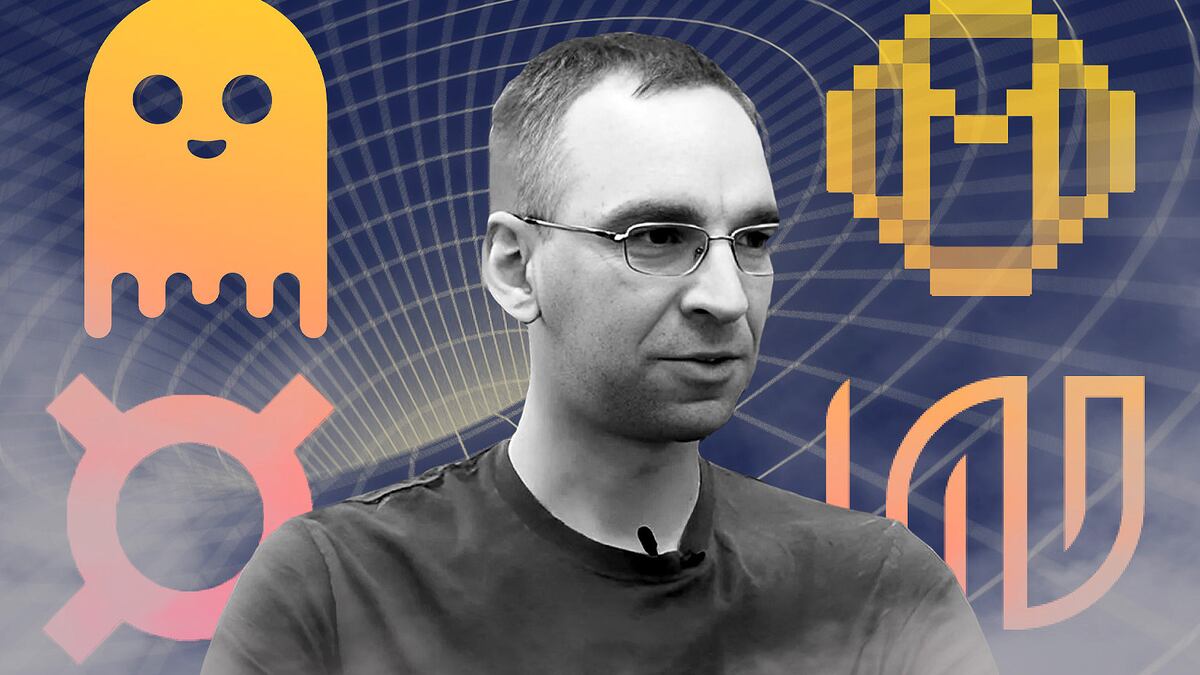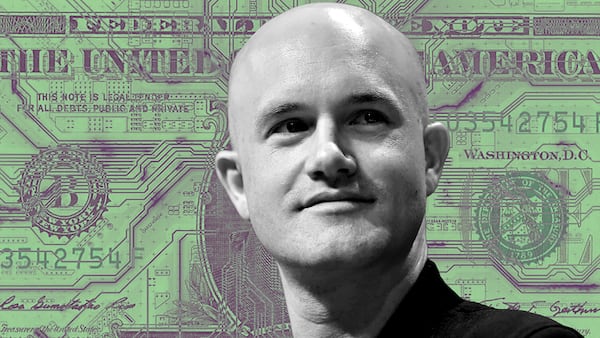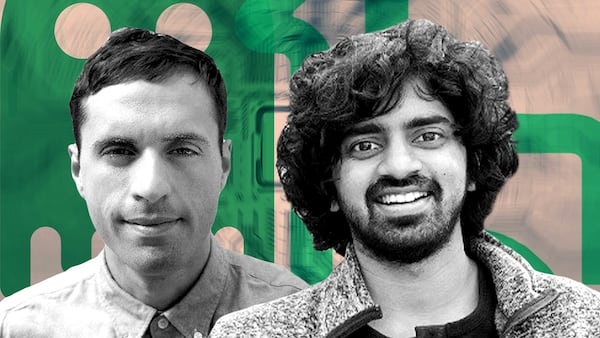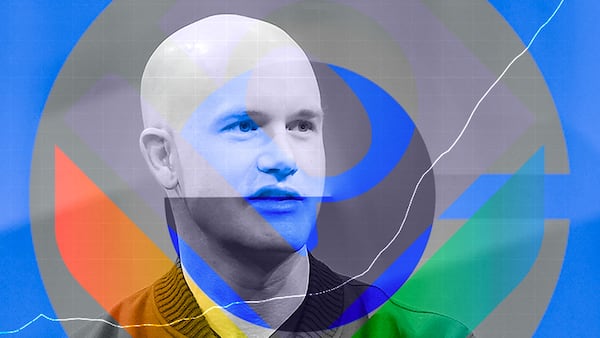- Curve founder Michael Egorov has a $80 million loan that spans several DeFi protocols.
- A recent exploit has cast doubt over the risks associated with the loan.
- Protocols like Aave, Fraxlend, Abracadabra, and Inverse Finance now try to manage their individual risk exposure amid fears of collective liquidation.
DeFi faces a new type of Curve wars.
The term refers to the ongoing competition between DeFi protocols to snatch up shares of the enormous liquidity in the Curve Finance ecosystem.
Here’s what’s changed: Rather than protocols vying among themselves to acquire more of Curve’s CRV tokens, they now struggle to limit their exposure to loans collateralised by them.
This development is due to renewed fears about the risks associated with an $80 million loan taken out by Curve founder Michael Egorov.
Four DeFi lenders — Aave, Fraxlend, Abracadabra, and Inverse Finance — are exposed to Egorov’s Curve-backed loans.
Aave, DeFi’s biggest lending protocol, has the greatest exposure among the lot, with Egorov holding a $50 million debt position on Aave v2. The remainder, roughly $30 million, is spread almost equally among the other three protocols.
The loan has become particularly risky because Egorov used CRV as collateral and the token’s liquidity has continued to decline. This shrinking liquidity was further exacerbated by a $40 million hack that drained several Curve pools at the end of July.
The hack made Egorov’s loan risky as the price of CRV fell dangerously close to levels that could have liquidated the debt position across those protocols.
If the loan is liquidated in one protocol, it could spread panic and lead to a cascade of forced liquidations among the others — potentially leaving one of them holding the bulk of the bad debt and being forced to use its own funds to pay it off.
NOW READ: Curve founder joins critics in slamming security firm’s ‘very bad’ decision to live-tweet exploit
Egorov has consistently serviced his loan on Fraxlend as the protocol’s mitigation rules twisted his arm to do so, or risk skyrocketing interest rates. The others do not have such mitigation protocols and are rushing to remedy the situation.
As such, they are now voting or considering governance proposals to ensure Egorov is incentivised to keep servicing his loans on their protocols.
Egorov’s loan
Egorov used his considerable stash of Curve tokens, almost 30% of its available supply, as collateral backing for the loan. The Curve collateral is currently worth $200 million, but the token’s shrinking liquidity makes it susceptible to volatile price movements.
The shrinking CRV liquidity incentivises short-selling of CRV to drive down the price and liquidate Egorov’s position in the process.
Avraham Eisenberg, who exploited DeFi protocol Mango Markets for $114 million last year, tried to hunt Egorov’s position by shorting CRV in November 2022.
NOW READ: Coinbase’s Brian Armstrong and Curve liquidity issues dominated the news this week
The attempt failed and Eisenberg suffered a $10 million loss but Aave was left with $1.6 million in bad debt.
As such, these protocols know that adverse market conditions can put pressure on the loan position. They can be left with significant bad debt if Egorov is unable to pay off or sufficiently service his debts during such periods.
Aave’s u-turn
The Aave and Abracadabra community are voting on risk mitigation proposals connected to the Curve loan. Inverse Finance is in the forum discussion stage of its governance process.
Some Aave DAO members have previously clamoured for the DAO to reduce the risk associated with the debt position.
DeFi risk manager Gauntlet has served multiple proposals to Aave DAO to deal with the debt position, but was voted down each time.
DAO delegates like Mark Zeller, who have been against Gauntlet’s proposal, noted that the suggested mitigation efforts were short of the mark. Zeller has said the recommendations ranged from harmful to the DAO to not having any remediating impact on the situation.
However, it appears the tide has turned within Aave DAO — the community is moving to adopt these previous recommendations. The current emergency vote, which began on August 1, has unanimous support among participants.
The vote, once passed, will freeze Curve tokens on Aave v2. It will also set the loan-to-value ratio of Curve-backed loans to zero.
Abracadabra drama
Like Aave, Abracadabra’s governance process for the issue has not been smooth.
Abracadabra DAO previously considered a proposal to hike up the interest rate to 200% on the protocol’s Curve cauldron.
Abracadabra employs so-called isolated lending markets with specific collateral accepted in each cauldron. This differs from protocols where all the collateral is in a single pool.
Such an arrangement is supposed to isolate risk for the protocol if a bad debt situation occurs in any of the silos. But there are fears that Egorov’s loan could pose systemic risk to the stability of Abracadabra’s stablecoin market.
“Despite having isolated lending markets, collateral’s liquidity and price movements are important for MIM stability,” a DAO contributor told DL News.
MIM is a US dollar stablecoin issued by Abracadabra. Users deposit crypto assets as collateral to mint MIM with Abracadabra charging interest on their deposits.
Negative reactions trailed the proposal and one community member voted with 10 billion SPELL — Abracadabra’s governance token — to defeat the proposal.
The DAO now has a second proposal with more modest interest rate parameters, which is expected to pass, especially as the same whale has voted with their 10 billion SPELL in favour of the proposal.
Despite these steps, there is currently a sense of calm about the issue after the recent chaos. Egorov’s average liquidation threshold is at a Curve price of $0.30, so the position is currently healthy as CRV is trading almost double that price.
Egorov has also struck token sale deals with several notable crypto personalities to secure much-needed collateral to service these loans. The Curve founder has raised $42 million from these token sales as of August 4.
“As long as Egorov repays and manages the position — thanks also to the incentives created by the interest rates spikes — the situation will progressively improve,” an Abracadabra DAO contributor said.
Disclaimer: The two co-founders of DL News were previously core contributors to the Curve protocol.
To share tips or information about DAO governance please contact me at osato@dlnews.com.





